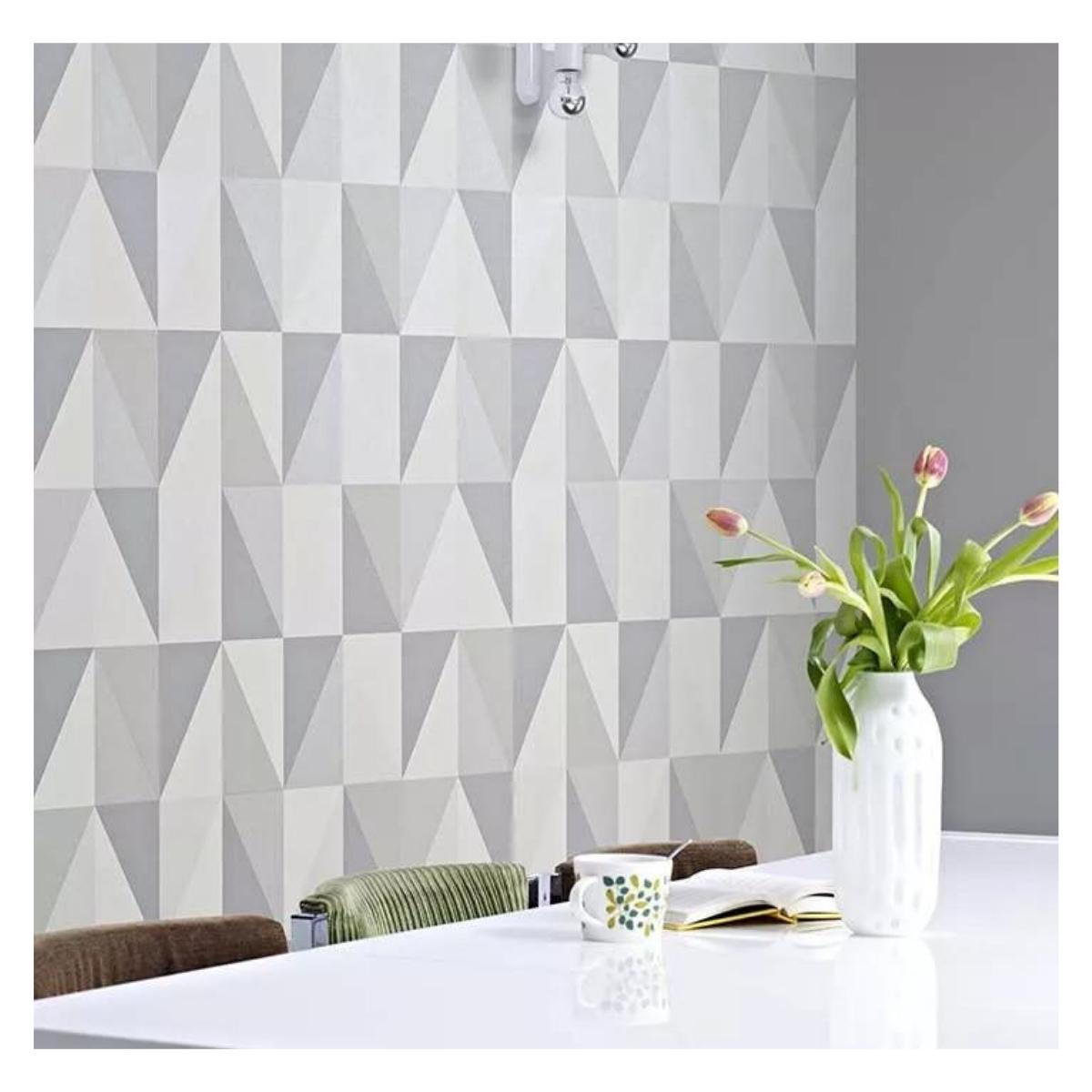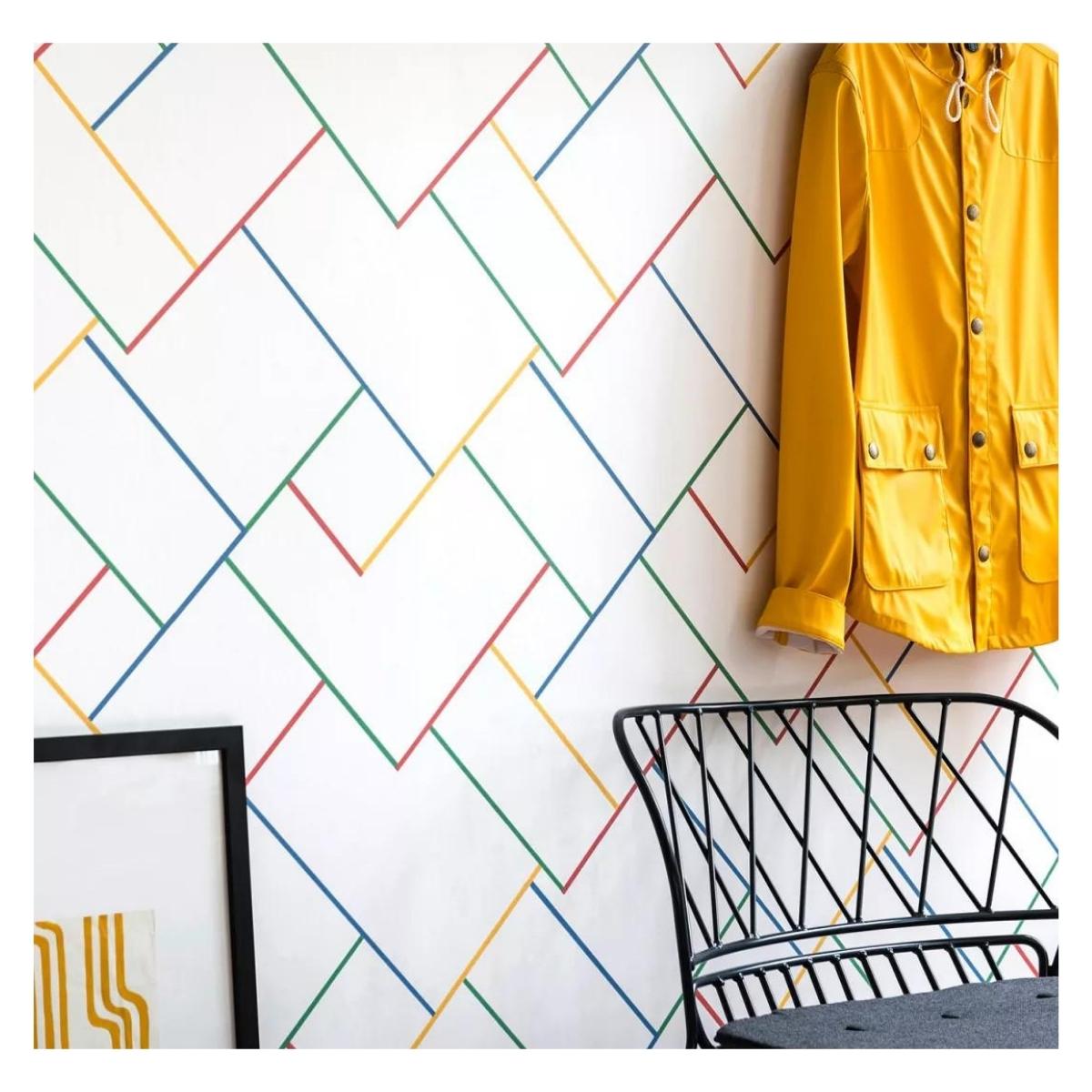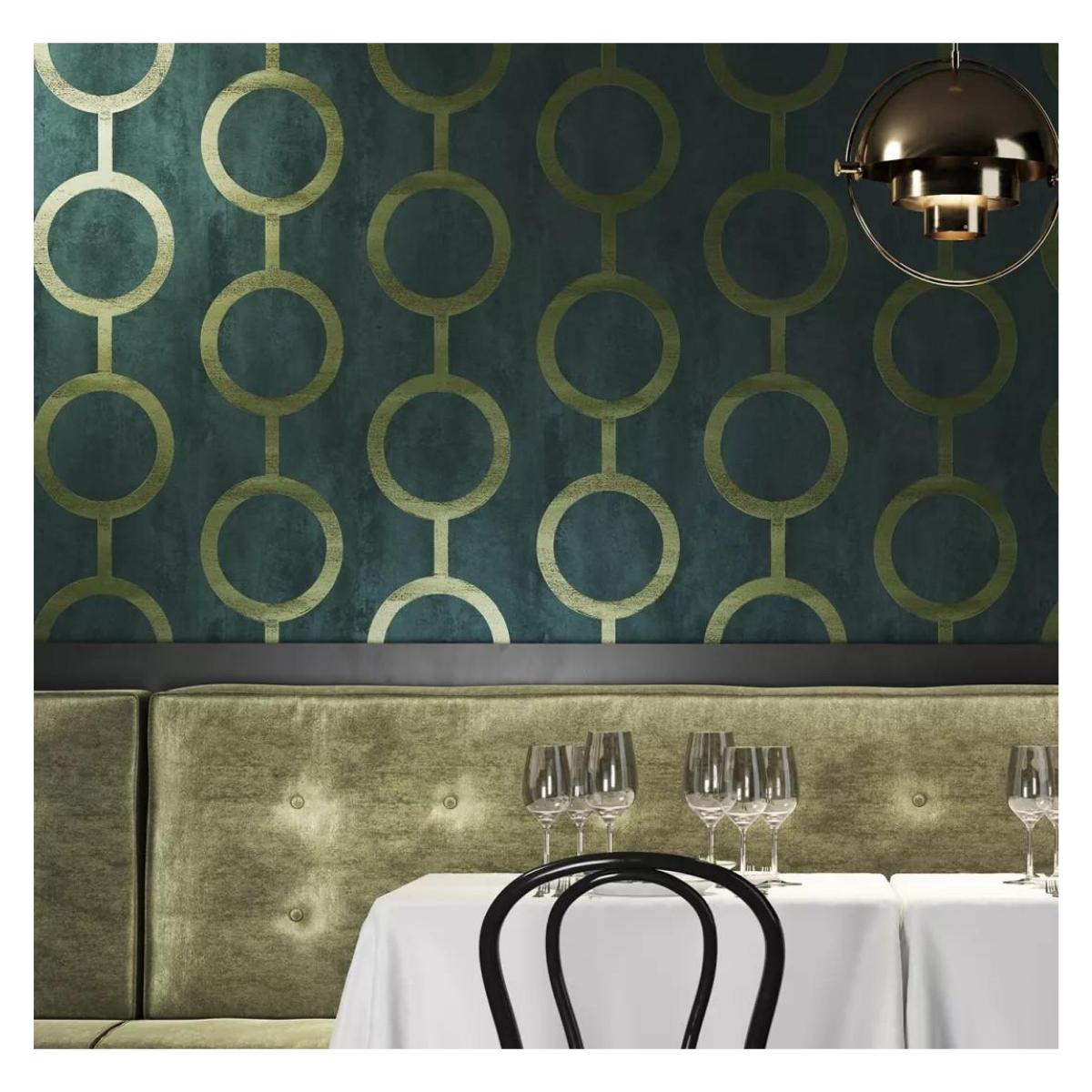How to Blend Bauhaus Architectural Purity and Wall Décor
BRING CLEAR SHAPES AND STRAIGHTFORWARD PATTERNS FOR A TIMELESS BAUHAUS HOME
We live in a very visual era, dominated by countless, always perfect, images pushed by social media like Instagram or Pinterest. Design in now everywhere, from the shape of a toilet brush to the chopping board or a kitchen utensil. It’s therefore not too surprising that furniture and interior decoration tools like wallpapers have been reinventing themselves. Gone the old, simple patterns of yesteryear, wall décor has becoming more and more sophisticated. Pattern design has evolved from the psychedelic craziness of the seventies to embrace a variety of styles that fits different interiors. The traditional “four walls” approach, where wallpaper was meant just as an almost invisible layer, destined to disappear in the background is almost gone from stylish homes. In its place the concept of “feature wall” has become more popular, with designer wall décor turning into a work of art in itself. Following these trends, manufacturers have turned they gaze to art itself, with models that are clearly inspired by art movements. None is more relevant to the contemporary modern design than Bauhaus, the very source of contemporary modernism in interior design.

What is the Bauhaus style?
This very important school of visual design has its origins in post WWI Germany. A Berlin architect called Walter Gropius saw the end of the war as a turning point in history. He had fought in the war and saw the enormous changes it brought along. The old world was gone, and a new era dawned, an era where industrial improvements would allow people to be able to live surrounded by new objects that did not resemble the traditional ones used by the previous generation. His goal was to conceive and design industrially produced objects able to bring beauty and quality to every home, not just the rich. To further this goal in 1919 he founded in Weimar the State College of Fine Arts Bauhaus Weimar, a school with workshops for creative crafts, architecture and the arts. The goals pursued by the Bauhaus school were experimental and theoretical, with Mathematics as a basic element of artistic design, combining aesthetics with function and economy. However, it created in this process many iconic products, like the famous F 51 armchair, that is still produced to this day, looking as modern and stylish as it did in 1920.

Bauhaus concept of design was functional, based on its tenet “Form follows function”. Ornaments and decorative objects had no longer value, the beauty was to be intrinsic to the form. The focus of this movement was working with basic geometric shapes like rectangle, square, triangle, circle and cube, following the idea that math contained an inner, infinite beauty. Although largely theoretical, at its core the Bauhaus school aimed to link art with crafts and mass production, radically rethinking the design process. A sense of pioneering spirit and development dominated the work in Weimar and great importance was given to the use of new materials and technologies brought about by the industrial age. In order to be considered of value an object had to be reproducible, with the goal of making design accessible to a large audience.
What are the rules of Bauhaus style on wallpaper?
Unsurprisingly, Bauhaus style wallpapers thrive on simplicity and subtle aesthetics and tend to favour graphic and geometric wallpaper patterns. Their design is often minimalistic, tidy and understated, following the motto “Clear order in the system”. They motifs are geometrically structured and rich in contrast and use striking colours which reflect the attention given to their own theory of colour.

The Bauhaus school approached the concept of colours and shapes, trying to connect them with mathematical forms and bodies. The inspiration came from famous modern artists like Johannes Itten, Paul Klee and Wassily Kandinsky, who played a substantial role in the development of the Bauhaus theory of colour.IN wallpapers this is noticeable in the frequent use of opposing shapes, painted in the striking primary colours red, yellow, blue, as well as white and black. These primary hues create contrasts that provide the pattern design its incredible liveliness. The effect unfolds in the room and deliberately takes up space. For this reason, they are perfect as a striking feature wall, matched with minimalistic furniture.
Wallpapers in the Bauhaus style are still incredibly popular nowadays, due to their simple, functional, modern characteristics, that make them both extravagant and timeless. Their focus is on the essential, thus providing a minimalism that allow us to escape from everyday life.
Recommended For You
Revitalizing Communities Through Innovative Real Estate Investments
Most Inside
Most Inside offers high-quality recommendations and valuable updates to enhance all aspects of your life, providing premium guidance and enriching experiences.




